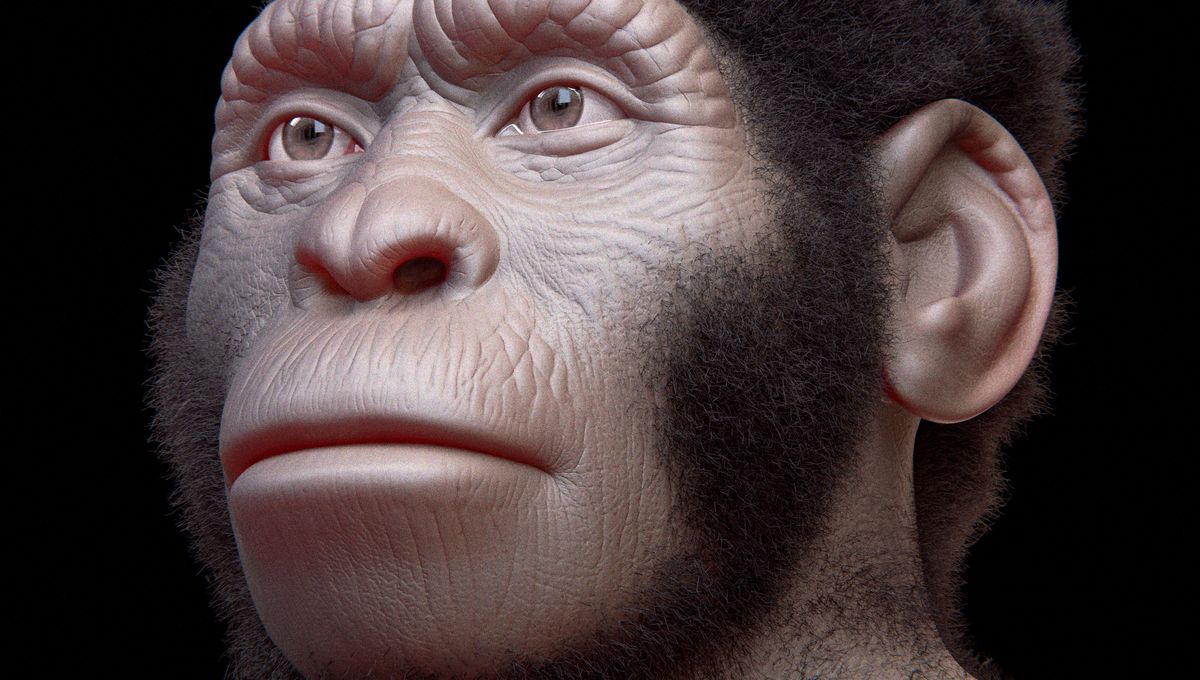
The story of human evolution was treated to a major re-draft earlier this year when a team of researchers made a series of sensational claims about an ancient hominid known as Homo naledi. Despite possessing a brain not much bigger than that of a chimpanzee, this long-extinct species apparently buried its dead and decorated their graves with abstract markings – or so the researchers said.
Unsurprisingly, not everyone was convinced, and a new study has poured a healthy dose of cold water on the recent surge in Homo naledi-mania. Not that that will do much to change the popular narrative, given that the team behind the spectacular claims have already released a Netflix documentary to hype up their research.
Part of the controversy stems from the fact that the evidence is concealed within the inaccessible Rising Star cave in South Africa. To fit through a crevasse leading to the supposed burial chamber, professor Lee Berger from the University of Witwatersrand first had to lose a huge amount of weight, yet still injured himself during his exploration.
The unreachability of the Homo naledi bones has prevented other researchers from entering the site and verifying Berger’s findings, and the Rising Star team have not invited any external experts to analyze their evidence. To make matters worse, the researchers’ findings were widely reported before they were even peer-reviewed.
However, according to the authors of a new critique, “the peer reviews were unanimous in considering the evidence [for Homo naledi burials and rock art] inadequate in its present form.”
Highlighting the various flaws in Berger’s conclusions, the authors explain, “In a deliberate interment, the body is generally articulated… [yet from] the evidence available at Rising Star Cave, we infer that the hominin bones are not articulated but scattered.”
“[T]he scattering of the elements implies they were not covered/protected after placement,” continue the researchers.
Acknowledging that the cave does indeed contain the remains of at least 15 Homo naledi individuals, the study authors explain that there are two possible scenarios that could explain the presence of these bones: either a tiny-brained ancient hominid deliberately carried dead bodies into the cave and buried them in pits, or they were transported by natural process such as water drainage or carnivore activity.
According to the researchers, the natural movement of these bones represents the more parsimonious hypothesis, yet Berger and his team immediately designated the scene a deliberate burial without applying “the basic principles of archeothanatology” to rule out mundane natural processes. Drawing a somewhat slapstick analogy, the authors say that if you want to scientifically prove that your house was built by aliens, you must first address the most likely scenario – in this case, that it was built by humans – and thoroughly disprove it before you can start to put forward your alternative hypothesis.
By failing to do this, the Rising Star team “have built a misleading, but persuasive discourse, where they do not test their hypothesis but selectively report the evidence that supports their preferred scenario,” the researchers write.
Moving on to the alleged Homo naledi engravings, the authors say that Berger and his colleagues have not made use of any techniques to date these markings. Despite this, they assert in the title of their paper that the engravings were made between 335,000 and 241,000 years ago by Homo naledi.
Once again, these claims are not verified by any scientific evidence and completely overlook another “parsimonious” explanation: that they may have been made by animals or more recent human visitors.
All things considered, then, the study authors are left to conclude: “There is no convincing scientific evidence to indicate that H. naledi buried their dead and produced rock art in the Rising Star Cave system based on the information thus far presented.”
The study is published in the Journal of Human Evolution.
Source Link: Homo Naledi Probably Didn’t Bury Their Dead Or Make Rock Art After All